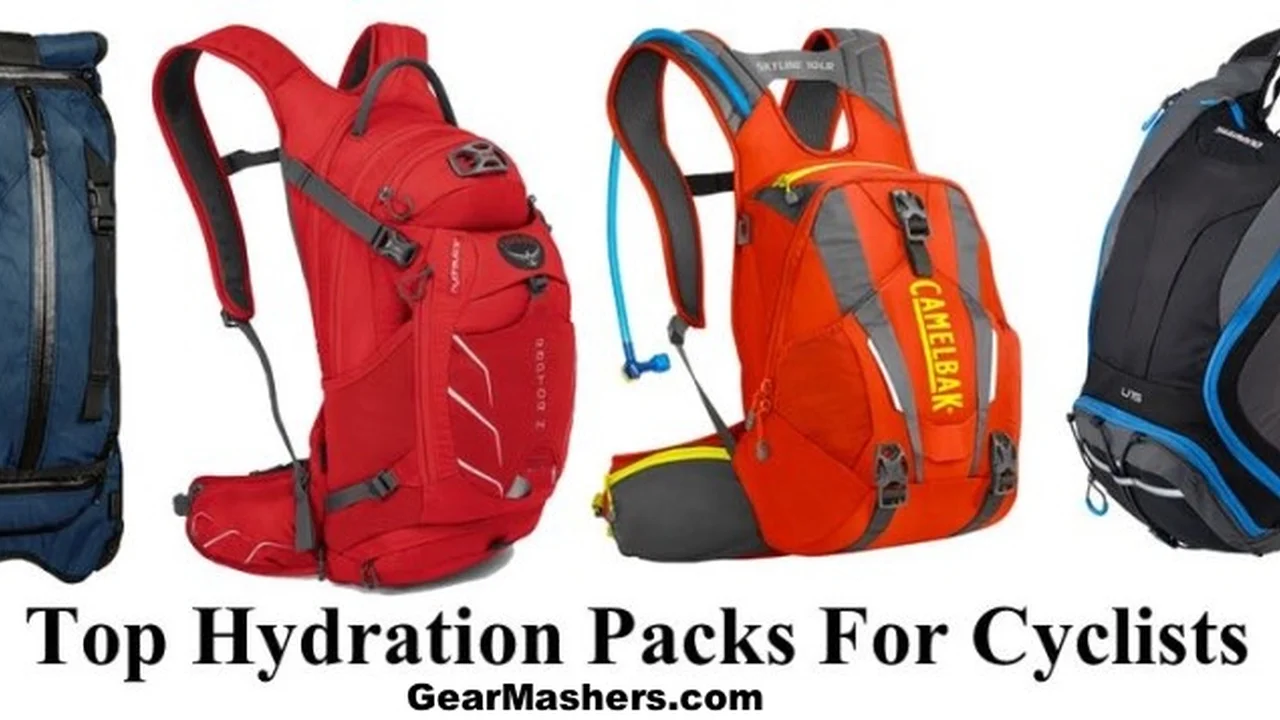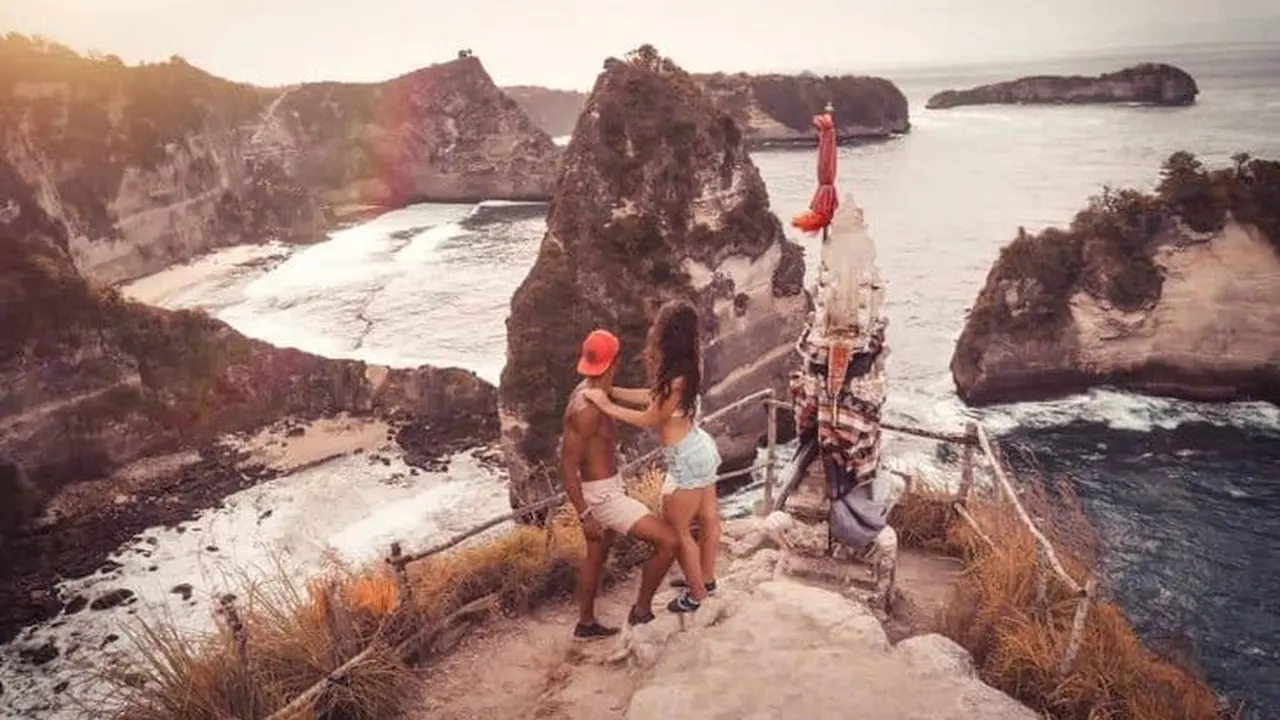Hydration Packs Backpacking_ Top Choices
Discover the top choices for hydration packs for backpacking. Compare capacity, comfort, and durability to find the perfect hydration solution. Stay hydrated on the trail with our expert recommendations.

Why Hydration is Crucial for Backpacking The Importance of Staying Hydrated
Alright, let's talk about something super important when you're out there hitting the trails: hydration. Seriously, it's not just about quenching your thirst; it's about keeping your body functioning at its best. When you're backpacking, you're sweating, exerting energy, and often dealing with different altitudes and climates. All of this can lead to dehydration if you're not careful.
Dehydration can sneak up on you and mess with your performance. Think fatigue, headaches, muscle cramps, and even dizziness. Not exactly the recipe for a fun backpacking trip, right? Staying properly hydrated keeps your energy levels up, helps your muscles recover, and ensures your brain is sharp so you can make good decisions on the trail. So, before we dive into the best hydration packs, let's all agree that staying hydrated is non-negotiable!
Types of Hydration Systems Backpacking Water Storage Options
Okay, so you know you need to stay hydrated, but what are your options? Basically, you've got two main ways to carry water: water bottles and hydration packs. Let’s break them down:
- Water Bottles: The classic choice. They're simple, durable, and easy to refill. You can see how much water you have left at a glance. The downside? You have to stop, take off your pack, and grab your bottle every time you want a drink. Not ideal when you're trying to keep up the pace.
- Hydration Packs: These are basically bladders that fit inside your backpack, with a tube that runs to your shoulder strap so you can sip water on the go. Super convenient and allow for continuous hydration. The downsides? They can be a pain to clean and you can't always see how much water you have left.
For backpacking, hydration packs are generally preferred because of their convenience. But, it really comes down to personal preference. If you’re used to bottles and don't mind stopping, stick with what you know. But if you want hands-free hydration, a pack is the way to go.
Key Features to Consider Choosing the Right Backpacking Hydration Pack
So, you're leaning towards a hydration pack? Awesome! But before you buy the first one you see, let’s talk about the key features you should consider:
- Capacity: How much water do you need to carry? This depends on the length of your trip, the climate, and your personal water consumption. For day hikes, a 2-liter bladder might be enough. For longer trips or hotter climates, go for a 3-liter bladder or even larger.
- Comfort: Make sure the pack fits comfortably on your back and doesn't rub or chafe. Look for adjustable straps, padded shoulder straps, and a breathable back panel.
- Durability: Backpacking gear takes a beating, so you need a pack that can handle it. Look for durable materials like ripstop nylon or Cordura. Check the seams and zippers for quality construction.
- Ease of Cleaning: Cleaning a hydration bladder can be a pain, so look for features that make it easier, like a wide mouth opening, removable hose, and antimicrobial materials.
- Additional Storage: Do you need extra pockets for snacks, maps, or other essentials? Some hydration packs have built-in storage, while others are just a bladder and a hose.
Top Hydration Pack Recommendations Best Backpacking Hydration Packs Reviewed
Alright, let’s get to the good stuff! Here are some of my top recommendations for hydration packs, based on different needs and budgets:
CamelBak Crux Reservoir Best Overall Backpacking Hydration Reservoir
Overview: CamelBak is a well-known brand in the hydration world, and their Crux reservoir is a popular choice for a reason. It's durable, easy to use, and has a high flow rate.
Features: QuickLink system for easy hose detachment, HydroGuard antimicrobial technology, wide mouth opening for easy filling and cleaning.
Pros: Durable, easy to use, high flow rate.
Cons: Can be a bit pricey.
Usage Scenario: Great for general backpacking, hiking, and other outdoor activities.
Price: Around $40 - $50
Osprey Hydraulics Reservoir Best Backpacking Hydration Reservoir for Comfort
Overview: Osprey is known for their comfortable and well-designed backpacks, and their Hydraulics reservoir is no exception. It's designed to fit comfortably in Osprey packs and has a baffle design to prevent sloshing.
Features: Anatomically shaped, integrated carry handle, magnetic bite valve attachment.
Pros: Comfortable, baffle design prevents sloshing, easy to fill and clean.
Cons: Only fits well in Osprey packs.
Usage Scenario: Ideal for use with Osprey backpacks on backpacking trips.
Price: Around $45 - $55
Platypus Big Zip LP Reservoir Best Lightweight Backpacking Hydration Reservoir
Overview: If you're looking to save weight, the Platypus Big Zip LP is a great option. It's lightweight and packable, but still durable enough for backpacking.
Features: Wide mouth opening for easy filling and cleaning, SlideLock closure for a secure seal, taste-free and BPA-free materials.
Pros: Lightweight, packable, easy to fill and clean.
Cons: Not as durable as some other options.
Usage Scenario: Great for backpacking trips where weight is a concern.
Price: Around $35 - $45
Source Widepac Hydration Reservoir Best Easy-Clean Backpacking Hydration Reservoir
Overview: The Source Widepac is known for its easy cleaning and maintenance. It features a wide opening and a smooth inner surface that prevents bacteria buildup.
Features: Widepac closure for easy filling and cleaning, Glass-Like Film technology for a smooth inner surface, Grunge-Guard antimicrobial technology.
Pros: Easy to clean, durable, taste-free.
Cons: Can be a bit bulky.
Usage Scenario: Ideal for backpacking trips where you want to ensure your water is clean and fresh.
Price: Around $40 - $50
MSR Dromedary Bag Versatile Backpacking Water Storage Option
Overview: The MSR Dromedary Bag isn't a hydration pack per se, but it's a versatile water storage option that can be used in conjunction with a hydration hose and bite valve. It's extremely durable and can withstand harsh conditions.
Features: RF-welded seams, durable fabric, grommets for hanging.
Pros: Extremely durable, versatile, can be used for multiple purposes.
Cons: Requires separate hose and bite valve, not as convenient as a dedicated hydration pack.
Usage Scenario: Great for base camps, long expeditions, or situations where you need a reliable water storage solution.
Price: Around $30 - $50 (depending on size)
Comparing Hydration Packs Features Price and Performance
Let's break down how these hydration packs stack up against each other:
- Durability: MSR Dromedary Bag wins hands down for sheer toughness. CamelBak and Source are also very durable. Platypus is lighter but a bit less robust.
- Ease of Cleaning: Source Widepac takes the crown here, thanks to its wide opening and smooth inner surface. Platypus is also easy to clean. CamelBak and Osprey require a bit more effort.
- Comfort: Osprey Hydraulics is designed for comfort, especially when used with Osprey packs. CamelBak is also comfortable. Platypus and Source are more focused on weight and functionality.
- Price: Platypus is generally the most affordable, followed by CamelBak and Source. Osprey and MSR tend to be a bit pricier.
Tips for Using and Maintaining Your Hydration Pack Keeping Your Water Clean
Once you've chosen your hydration pack, here are some tips to keep it clean and functioning properly:
- Clean it regularly: After each trip, rinse out your bladder with warm, soapy water. Use a bottle brush to scrub the inside.
- Dry it thoroughly: Hang your bladder upside down to dry completely. Use bladder spreaders or stuff it with paper towels to keep the sides from sticking together.
- Use cleaning tablets: For a deeper clean, use hydration pack cleaning tablets. Follow the instructions on the package.
- Store it properly: Store your bladder in a cool, dry place. Keep the bite valve clean and protected.
- Replace parts as needed: Over time, the hose and bite valve may wear out. Replace them as needed to ensure optimal performance.
Staying Hydrated on the Trail Practical Tips and Considerations
Now that you’ve got your hydration pack sorted, let’s talk about actually using it effectively on the trail:
- Sip frequently: Don't wait until you're thirsty to drink. Take small, frequent sips throughout the day.
- Monitor your urine: A good indicator of hydration is the color of your urine. Aim for a pale yellow color. Dark yellow means you're dehydrated.
- Electrolytes: When you sweat, you lose electrolytes. Consider adding electrolyte tablets or powder to your water to replenish them.
- Plan your water sources: Before your trip, research where you can refill your water along the trail. Carry a water filter or purification tablets in case you need to drink from natural sources.
- Consider the climate: In hot weather, you'll need to drink more water than in cooler weather. Adjust your water intake accordingly.
So, there you have it – everything you need to know about choosing and using hydration packs for backpacking. Stay hydrated, stay safe, and enjoy the trails!
:max_bytes(150000):strip_icc()/277019-baked-pork-chops-with-cream-of-mushroom-soup-DDMFS-beauty-4x3-BG-7505-5762b731cf30447d9cbbbbbf387beafa.jpg)





